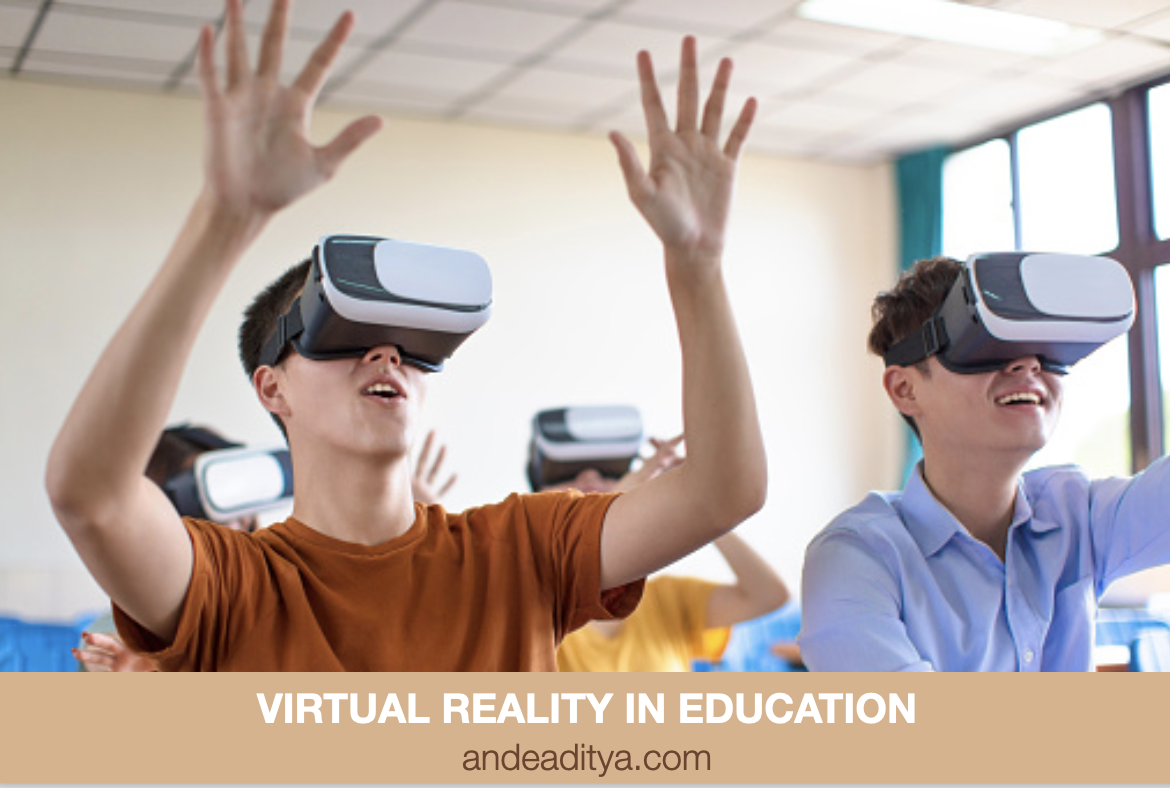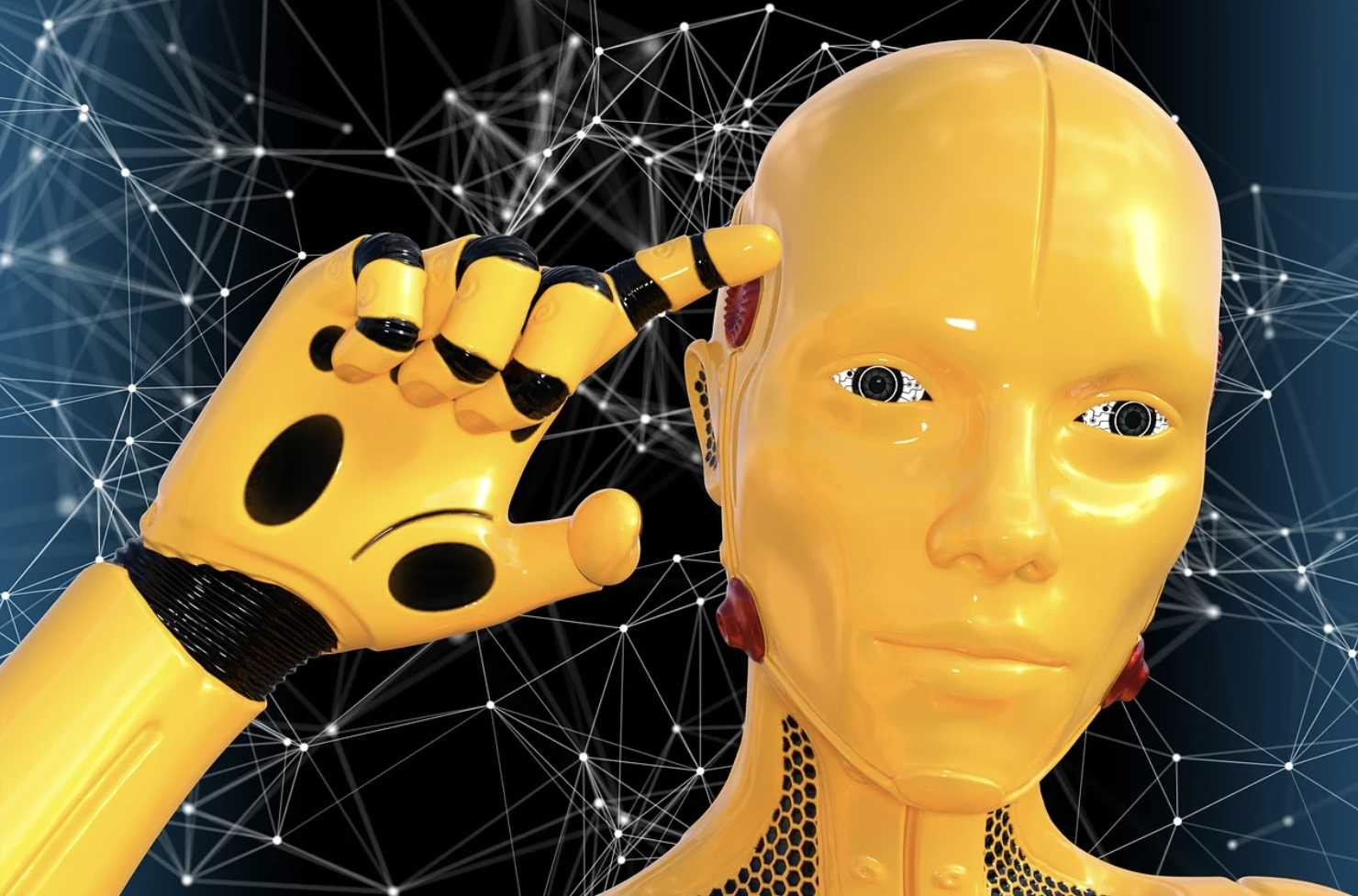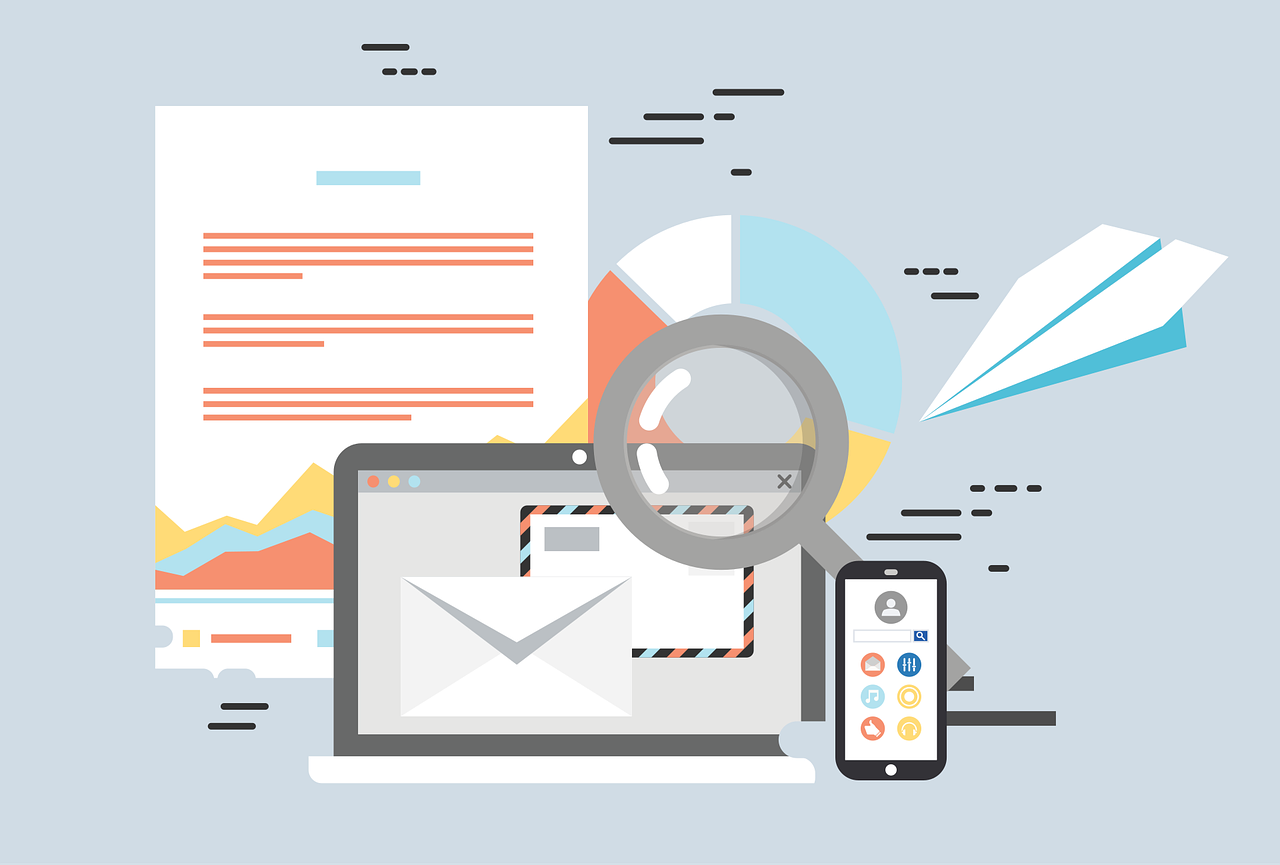We explore what virtual reality is, how it works, ways that it can be used within education, and why VR is perfect for modern learning environments.
In a world where technology is a dominant feature in our daily lives, virtual reality is becoming more prominent in a wide range of industries. What was once a rare luxury is now a readily accessible platform that provides immersive experiences to people of all ages.
In this article, we will explore what makes VR education so effective, dive into ways that it can improve student wellbeing and discuss augmented reality in a learning environment. We will also provide some examples of ways that VR can be used in other aspects of learning and training and talk a bit about suitable headsets.
What is VR?
Before we dive in, let’s discuss what is actually meant by this. Virtual reality, or VR for short, is a computer-generated simulation that alters the user’s perception of reality and allows them to interact with a three-dimensional environment. Although your surroundings do not physically exist whilst wearing a VR headset, the experience is so immersive that it certainly feels as though your surroundings are real.
These false realities can be completely abstract and made up of unrealistic features and surroundings, or it can be used to replicate an exact real-world experience such as touring Vatican City or exploring your home street using Google earth. It comes as no surprise that something so powerful can be a massively helpful teaching tool.
When we think of VR, it’s easy to imagine something futuristic and advanced beyond our understanding. However, it is now readily available all over the world, with people using it for fun and leisure on a daily basis.
How does virtual reality work?
We know that VR is a powerful tool, but how does it work? Virtual reality headsets typically come in the form of a thick pair of goggles connected to a computer with a set of controllers that allow the user to carry out actions.
That being said, there are also advanced headsets that incorporate eye-tracking without the need for controllers, and even headsets that are standalone consoles without the need for computer connection. There are also more affordable headsets in the form of cardboard goggles that you can connect to your phone.
Movement
The magic of VR comes down to the headsets ability to track the user’s head and eye movement and change perspective with you. Headsets are also able to track your body’s movement, allowing you to walk within the simulated environment.
This 3D-tracking functionality isn’t for everyone, as motion sickness is a common side effect of using these advanced pieces of equipment. Thankfully, the controllers can also function as a means of moving around within the environment.
Vision
Now, you may be wondering how exactly these simple pairs of goggles are able to completely transform your surroundings. This is done by creating a three-dimensional view. This works well because of stereopsis, which is the ability to visualise a three-dimensional shape from visual information from both eyes. Your right and left eyes see things slightly differently, and both views come together to create the same effect of how we perceive things in everyday life.
Two separate images are shown on either side of the goggles, one for each eye, and these images are displayed at the perfect distance from your eyes to create a sense of depth. We read photos and phone screens as flat images, so they will never have the same effect as a three-dimensional simulation.
Sound
Another key component to creating a fully immersive experience is the sound of your surroundings, so no VR headset is complete without the addition of headphones – which are often built-in.
If you are interested in finding out how to make content for VR, check out our incredible short course that will set you up to make your own VR experience.
Augmented reality vs virtual reality
Before we compare the two, let’s define AR. To put it simply, augmented reality is the use of computer-generated technology to enhance a real-world experience. Although it sounds similar to virtual reality, the key difference is that AR incorporates your real surroundings, whereas VR is made up entirely of virtual information.
Although the concept of AR may sound new to you, the chances are you’ve seen or heard of it before, as it is used within many well-known smartphone apps. Snapchat uses AR to create a range of filters that alter your face or surrounding environment. Another popular application of AR is the game Pokemon GO, which prompts users to ‘catch’ creatures in various real locations.
AR can be an amazing teaching tool and is more accessible than VR, seeing as it can be used with smartphones and tablets. There are resources available that turn educational content into interactive experiences. An example of this is educational worksheets that can be brought to life with the use of a smartphone. Although this isn’t as immersive as a VR experience, it is still extremely useful and engaging for students.
What is mixed reality?
Whilst we’re on the topic of augmented reality, let’s talk a little bit about mixed reality. Mixed reality is similar to augmented reality in that it combines virtual information with real-world environments. The key difference between the two is that mixed reality allows the virtual environment to interact with the real world.
Augmented reality provides virtual visuals, whereas mixed reality provides the opportunity to manipulate the virtual information. It is essentially a combination of VR and AR, and is another useful educational tool. Microsoft Hololens is the perfect example of mixed reality; it lets the user interact with detailed displays of human anatomy in a real environment.
The future of education
In this digital age, online and distance learning is becoming increasingly popular, and many people are now acknowledging the benefits of an online learning platform. With such drastic changes, it only makes sense that we utilise technology to increase the potential of a learning environment.
Student wellbeing
With the recent series of lockdowns across the world, many schools, colleges and universities have faced closures. The pandemic has forced us to adapt and change the way that we study and learn, with methods such as blended learning becoming the norm. It is likely that this style of learning will stay beyond the pandemic, as it offers students a more flexible learning approach.
However, one of the biggest struggles that students have faced is the lack of interaction with one another, and as we all know, being stuck inside your home all day doesn’t offer much stimulation. According to a study by the Office for National Statistics, over half of university students reported being dissatisfied with their social experience during the autumn of 2020, as well as 57% reporting a worsening in their mental health state.
Social VR
VR is already making a huge impact on student wellbeing, with tools such as VRroom from ClassVR, which provides a virtual collaborative space for students to engage with each other. This platform allows the teacher to monitor a class of up to thirty students at once across a range of exciting and educational virtual environments.
One of the most incredible features of a VR headset is this ability to talk freely with others as though they were in the room with you. These chat rooms and social platforms could potentially curb the loss of social interaction between classmates and peers.
These tools do a fantastic job of replicating classrooms and playgrounds, and the feeling of actually being present amongst classmates doesn’t compare to video conferencing tools.
What is technology enhanced learning?
Technology enhanced learning (TEL) is a broad term that encompasses any type of learning that effectively incorporates technology. TEL is not a new concept, with computers being used as a teaching tool since the 1980s.
Now that we now know what technology enhanced learning is, let’s find out some ways that TEL can be implemented. We’ve already covered virtual reality and augmented reality, so here are some other examples of TEL:
- Mobile learning – this is a form of distance education. It’s a way to access educational content using mobile or other handheld devices. Mobile learning makes for an extremely flexible learning experience since it can be accessed anywhere. It can range from podcasts to full e-learning courses.
- Flipped learning – this is a teaching method that allows teachers to prioritise active learning tasks during class time by providing students with materials and presentations to work through at home. Flipped learning works well with virtual learning environments and mobile learning.
- Virtual learning environments – these are online systems that are commonly used within schools, colleges and universities. They allow students to have access to various resources and submit assignments with ease. They also allow teachers to share their own materials and communicate with students. Moodle and Blackboard are examples of these virtual learning environments.
- Digital games and apps – these can prove very useful for learning, and are easily accessible to those with smartphones. Apps can create a more engaging learning experience than traditional methods.
A good example of an educational app is Duolingo, which makes language learning more interactive. This could be helpful to those taking part in language lessons.
Check out our short course titled Blended and Online Learning Design to find out how to take a more technologically-driven approach to teaching and learning.
Virtual reality in education
Virtual reality has the potential to revolutionise education, but it is yet to be widely used within conventional classrooms, most likely due to the cost of the headsets. With education as a whole shifting to more online settings, VR could be a groundbreaking addition to any lesson plan. VR education makes learning fun, safe, and more engaging than ever before.
In our recent Future of Learning report on how, what, and why people are learning, respondents were shown a selection of technological innovations and asked which they would like to see in education by 2030. Virtual reality was the top choice from all three countries involved, with 1 in 3 (33%) of those in the United Kingdom wanting to see virtual reality in the education space by 2030.
Why is VR education powerful?
A study by the University of Warwick showed that students were able to remember study materials better in the form of VR. The students in this study also claimed to have stronger positive emotions and less negative emotions after using the VR headsets as opposed to textbooks and videos.
As Albert Einstein once said, “The only source of knowledge is experience”. The best way to learn and retain information is to actually experience it, and VR learning allows you to do just that. Would you rather hear stories about ancient Egypt or walk amongst the pyramids yourself?
VR learning allows students to experience complex areas and environments that they wouldn’t otherwise be able to, and this can be beneficial to a wide range of subjects.
Which subjects can benefit from VR?
- Geography – Rather than the traditional method of learning about the world via textbooks and videos, VR allows students to actually venture anywhere in the world. Being immersed in an environment on the other side of our planet is enriching, and is a much more enjoyable experience.
- History – Have you ever thought about travelling back in time to catch a glimpse of how things used to be? With a VR headset, you can do just that; there is content available that replicates historical environments and scenarios, and even lets you converse with historical figures!
- Art – Gone are the days of travelling and paying to enter a prestigious art gallery. With VR, you can view some of the world’s most beautiful art galleries from absolutely anywhere. As well as being able to virtually attend art galleries, there are also some fantastic VR tools that allow you to create virtual art and unleash your creativity.
- Science – There are many ways that VR can be used to teach science, but biology and chemistry are perfect examples. There are educational biology tools that allow you to get up close and personal with a range of dangerous wild animals, as well as tools that let you explore the anatomy of both people and animals. With the use of VR, students can also carry out chemistry experiments using potentially dangerous substances in a completely safe setting.
These aren’t the only subjects that can benefit from the use of VR; the possibilities are endless! There are so many different tools that can be incorporated into lesson plans or used for general study.
What headsets are suitable for VR education?
With the virtual reality industry continually growing, there are a vast number of virtual reality headsets to choose from. They range in price, comfortability, quality and effectiveness. Let’s look at some examples of headsets that are available:
- ClassVR headset – These are standalone headsets designed specifically for students, which makes them comfortable and easy to navigate. This headset supports augmented reality as well as virtual reality, and comes with readymade lesson plans and guides. These headsets do not need to be connected to a phone or other device, as everything is built into the headset.
- Destek V5 VR Headset – This headset is one of the cheapest available, so it would be very accessible for students. Despite the low price of this headset, it is still incredibly powerful. The Destek connects to your smartphone, and has sliders to adjust the focus. What separates this headset from other alternatives is the comfortability, it has padding and adjustable straps, unlike other cheap headsets.
- Oculus Quest 2 – Although this headset is pricier than the others listed, it offers an incredibly immersive virtual reality experience. Other headsets as powerful as this one tend to require connection to a computer, and wires directly connected to the headset. The Oculus Quest 2 separates itself from the rest by acting as a standalone console that can be accessed anywhere. This headset has some of the most seamless graphics available, and features cinematic 3D audio.
Although these headsets are the most accessible way to experience virtual environments, and therefore the most appropriate for students, the technology doesn’t end there. There are various advanced add-ons and other bits of equipment to enhance your virtual experience. VIVE even offers trackers that can be added to real-world items or parts of your body to heighten the immersion.
Other uses: virtual reality training
The use of immersive technology to learn is not limited to students – it has also proven useful to train professionals in a wide range of industries. The US Air Force has implemented the use of virtual reality within their pilot training programs. They have even said that they’ve seen benefits from having pilots learn the basics through cutting-edge virtual reality training.
There are also surgery simulators available that offer surgeons a fully immersive experience identical to that of a real surgery scenario. VR medical training uses haptic technology to replicate the feeling and touch of real bone, tissue and muscle.
This tool allows surgeons to practise their surgical skills in an entirely safe virtual environment. Similarly, there is VR training for those in the veterinary profession that allow the viewer to explore the skeleton and organs of animals in depth.
The construction industry is also benefiting from virtual reality, with VR being used to carry out training procedures in the safest way possible. Not only can virtual reality be used to carry out safe training, but it can also be used to showcase building plans in more detail than has ever been possible. Building plans can be studied in great depth, and VR really allows workers to visualise their projects before working on them.
Final thoughts
We hope that this article has given you a strong idea of how beneficial virtual reality tools can be in a learning environment. With the direction the world is heading, it’s safe to say that VR is likely to become more prominent in the education sector. It’s certainly something that our learners hope to see more of.
In a virtual world, there are endless possibilities to explore and learn. If you are interested in learning more about this topic, this short course provides an in depth introduction to virtual, augmented and mixed reality.
Interesting Reads :








